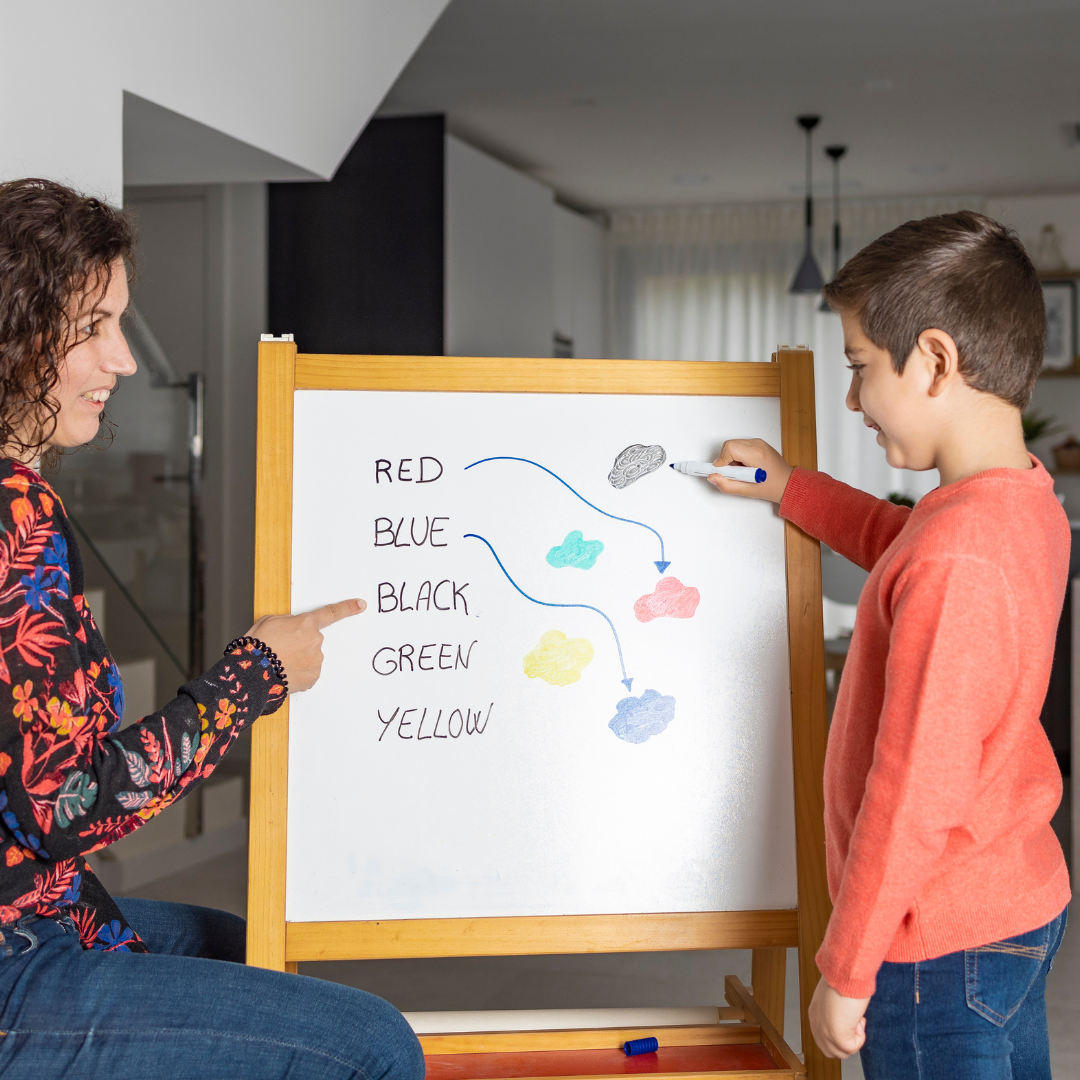Building bridges, not walls: Why cultivating friendship is essential in primary school.
Building bridges, not walls: Why cultivating friendship is essential in primary school.
Written by Sarah Cunningham Assistant Head (PSHE/Deputy SENDCO) Lea Forest Primary Academy (AET)
Working for 17 years in a primary school, I witness first-hand the transformative power of strong friendships. They provide important opportunities to develop language and emotional regulation skills in childhood (Guralnick et al, 2007), and their importance increases as pupils’ navigate their way through adolescence (Laursen & Bukowski, 1997). In fact, it is well-documented that friendships, particularly close, have many positive effects on children and adolescents, including physical and emotional welfare and academic outcomes (e.g. Nangle et al, 2003). Friendship experiences consistently correlate with happiness (Demir et al, 2013) and the absence of these friendships can lead to depression and loneliness (Baumeister & Leary, 1995). Therefore, nurturing healthy friendships are crucial for the mental well-being of every child in our care.
But it's not always plain sailing. Exclusion, cliques, and bullying can leave some children feeling lonely and adrift. This isn't just heart-breaking; it has tangible consequences.
So, how do we, as teachers, help children navigate the complex world of friendship? Here are some key strategies:
1. Building a culture of kindness and empathy: This starts early. We can weave messages of respect, inclusivity, and understanding into every aspect of school life. From playground games to classroom discussions, every interaction is an opportunity to model and teach empathy. When we celebrate kindness, we create a ripple effect that washes over the entire school community.
2. Fostering social and emotional learning: Social and emotional programs equip children with the tools to build healthy relationships. Activities like mindfulness exercises, communication skills training, and conflict resolution strategies empower them to understand their own emotions, manage them effectively, and interact with others in a positive way.
3. Creating opportunities for connection: Playtime and lunchtime activities can be formed based on shared interests, which are crucial in all friendships, but are particularly pertinent for single sex boy friendships. Introducing ‘buddy systems” where older children mentor younger ones are splendid opportunities to build bridges across age groups which create a culture of support and kindness.
4. Addressing friendship challenges head-on: Exclusion, bullying, and other social difficulties can't be ignored. Relational approaches, like restorative justice can help to equip us with the tools we need to address these issues sensitively and effectively. Providing individual support to both the victims and perpetrators, working alongside parents and external agencies when necessary, is crucial to heal rifts and prevent lasting damage.
Building bridges, not walls: Why cultivating friendship is essential in primary school.
5. Celebrating diversity: No two friendships are alike, and that's a good thing! Let's celebrate the diverse social landscapes of our classrooms. Encourage children to embrace differences, be inclusive, and understand that true friendship thrives on shared experiences, not identical personalities.
Cultivating healthy friendships in our schools is not a quick fix. It's an ongoing process of cultural change, targeted interventions, and determined commitment. But the rewards are immeasurable. By building bridges, not walls, we create a safe haven where every child feels connected, supported, and empowered to thrive – and that's the truest foundation for a lifetime of mental well-being.
Demir, M., Şimşek, Ö. F., & Procsal, A. D. (2013). I am so happy ‘cause my best friend makes me feel unique: Friendship, personal sense of uniqueness and happiness. Journal of Happiness Studies, 14, 1201-1224
Guralnick, M. J., Neville, B., Hammond, M. A., & Connor, R. T. (2007). The friendships of young children with developmental delays: A longitudinal analysis. Journal of Applied Developmental Psychology, 28(1), 64-79.
Laursen, B., & Bukowski, W. M. (1997). Behavioral Development. International Journal of Behaviour Development, 21(4), 747-770
Leary, M. R., & Baumeister, R. F. (1995). The need to belong. Psychological Bulletin, 117(3), 497-529.
Nangle, D. W., Erdley, C. A., Newman, J. E., Mason, C. A., & Carpenter, E. M. (2003). Popularity, friendship quantity, and friendship quality: Interactive influences on children's loneliness and depression. Journal of Clinical Child and Adolescent Psychology, 32(4), 546-555.




